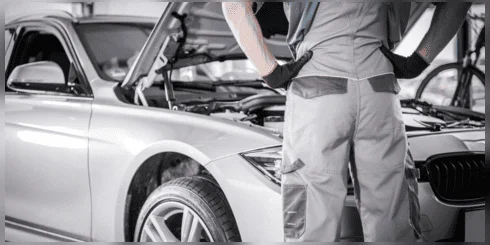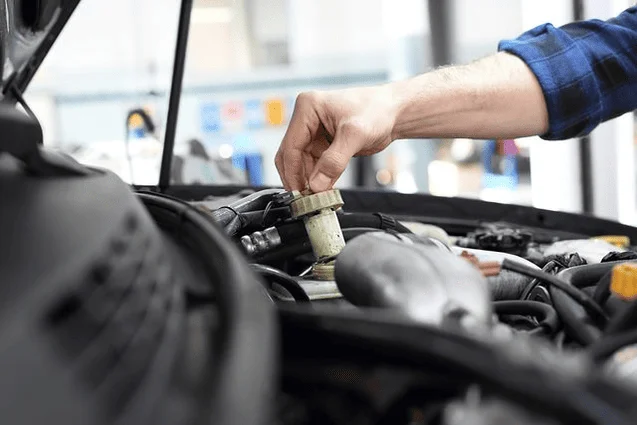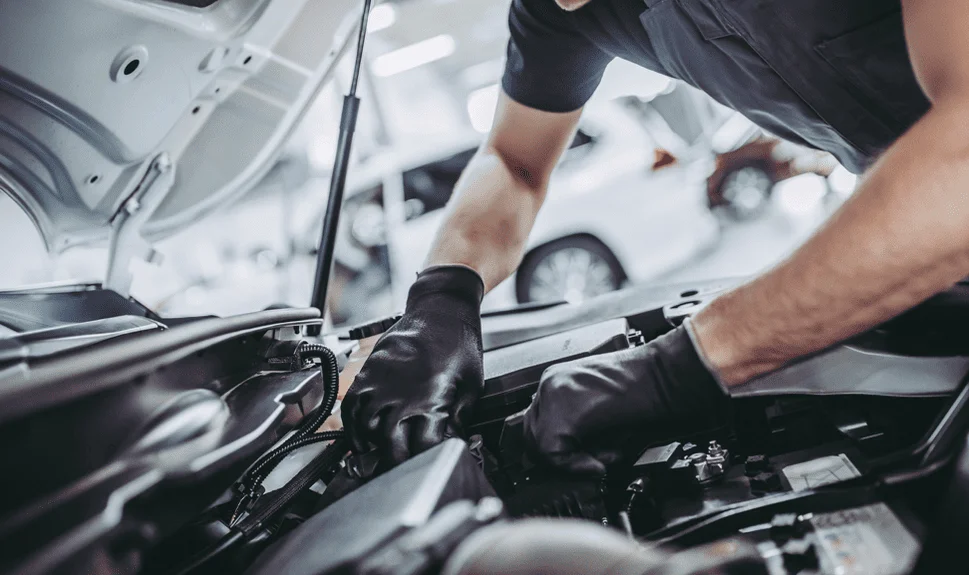Owning a car is a big investment, and regular maintenance is key to protecting that investment. Proper car care not only ensures your vehicle stays in good working condition, but it also saves you money in the long run by preventing costly repairs. This blog will cover the top 10 car maintenance tips that can help you keep your car running smoothly while saving you money.
1. Regular Oil Changes
Keeping your engine oil clean and at the right level is one of the simplest and most cost-effective car maintenance steps. Oil lubricates the engine, reduces friction, and keeps everything running smoothly. Neglecting oil changes can lead to engine damage, which is expensive to fix.
- Tip: Check your owner’s manual to determine how often your car needs an oil change. Typically, this is every 3,000 to 7,500 miles, depending on your car type and oil type.

2. Check and Replace Air Filters
Air filters prevent dust and debris from entering the engine, ensuring efficient fuel combustion. A clogged air filter can cause your engine to work harder, reducing fuel efficiency and costing you more in gas.
- Tip: Inspect your air filter every 12,000 to 15,000 miles or once a year. Replacing it as needed will help you save on fuel.
3. Maintain Proper Tire Pressure
Keeping your tires inflated to the correct pressure is crucial for safety, fuel economy, and tire longevity. Under-inflated tires increase rolling resistance, which can reduce your fuel efficiency and increase tire wear.
- Tip: Check your tire pressure monthly and ensure it matches the manufacturer’s recommendation, which you can usually find on a sticker inside the driver’s door or in your owner’s manual.
4. Rotate Tires Regularly
Tire rotation helps prevent uneven tire wear, which can extend the lifespan of your tires. Uneven tire wear can lead to poor traction and handling, which can also cause safety concerns.
- Tip: Rotate your tires every 5,000 to 8,000 miles to ensure even wear. This can help your tires last longer and improve gas mileage.
5. Monitor Brake Pads
Your car’s brakes are one of the most important safety features, and keeping the brake pads in good shape can save you money. Worn-out brake pads can damage other parts of your braking system, leading to costly repairs.
- Tip: Listen for squealing or grinding noises, which can indicate worn pads. Check your brake pads at least twice a year to avoid expensive rotor replacements.
6. Replace Spark Plugs When Needed
Spark plugs are essential for starting your engine and keeping it running efficiently. Worn spark plugs can cause misfires, reduce fuel efficiency, and affect the overall performance of your car.
- Tip: Refer to your owner’s manual to determine how often to replace spark plugs—usually every 30,000 to 100,000 miles depending on your vehicle. Replacing them as needed helps maintain a smooth-running engine and good fuel economy.
7. Keep an Eye on Fluid Levels
Fluids like coolant, brake fluid, transmission fluid, and power steering fluid are vital for your car’s performance. Low or dirty fluids can lead to overheating, poor braking, or even engine failure, resulting in hefty repair bills.
- Tip: Regularly check fluid levels and top them up as needed. If you notice any leaks or rapid drops in fluid levels, have your vehicle checked by a mechanic to prevent further issues.
8. Inspect Belts and Hoses
Belts and hoses play a crucial role in maintaining your car’s mechanical functions, such as keeping the engine cool and ensuring your car’s electrical systems work correctly. A broken belt or hose can cause your engine to overheat or lead to other mechanical failures.
- Tip: Inspect belts and hoses for signs of wear, such as cracks or fraying. Have them replaced if you notice any signs of damage to avoid sudden breakdowns and costly towing fees.
9. Change Windshield Wipers
Windshield wipers are often overlooked, but they are crucial for visibility during rain or snow. Worn-out wipers can lead to reduced visibility, which is dangerous and can lead to accidents.
- Tip: Replace your wipers once or twice a year, especially if you notice streaking or chattering. Proper visibility keeps you safer on the road, reducing the risk of an accident.
10. Address Small Issues Promptly
It’s easy to ignore minor issues, such as strange noises or dashboard warning lights, but these can indicate underlying problems that may become costly if left untreated. Addressing these small issues early can prevent larger, more expensive repairs.
- Tip: If you notice a warning light or hear an unusual sound, get it checked out by a mechanic. Catching a problem early can save you from a hefty repair bill.
Benefits of Regular Car Maintenance
Car maintenance may seem like a hassle, but the benefits are well worth it. Here are some of the main advantages of staying on top of your car care:
- Saves Money: By performing regular maintenance, you can catch potential issues early before they turn into major, costly repairs.
- Improves Safety: Properly maintained cars are safer to drive, reducing the risk of accidents caused by mechanical failures.
- Increases Fuel Efficiency: Keeping your engine, tires, and other components in good condition helps your car run more efficiently, saving money on fuel.
- Extends Vehicle Life: Regular maintenance ensures that your car remains reliable and can extend its overall lifespan.
Creating a Car Maintenance Schedule
To make car maintenance easier, consider creating a schedule based on your car manufacturer’s recommendations. Here’s an example:
- Monthly: Check tire pressure, windshield wiper fluid, and lights.
- Every 3,000 to 7,500 miles: Change oil and rotate tires.
- Every 12,000 to 15,000 miles: Replace air filter.
- Every 30,000 miles: Replace spark plugs, check belts and hoses.
Keeping a simple log of what maintenance you’ve done and when will help you stay organized and ensure you don’t miss any important tasks.

Conclusion
Regular car maintenance doesn’t have to be complicated or time-consuming. By following these ten simple maintenance tips, you can keep your car running efficiently, extend its life, and save money on costly repairs. A well-maintained car is safer, more reliable, and more cost-effective in the long run.
Take the time to perform these regular checks and services, and you’ll enjoy a smooth and hassle-free driving experience for years to come. Remember, spending a little now on maintenance can save you a lot later on repairs!

Lila is a seasoned writer at waytoactivate.com, where she crafts comprehensive guides on digital activation and technology. With a background in Information Technology and over 6 years of writing experience, Lila excels in translating complex tech concepts into clear, accessible content. Her expertise ensures that readers receive practical, reliable information to enhance their digital experiences. Follow Lila for the latest updates and tips on activating your favorite services at Instagram.







